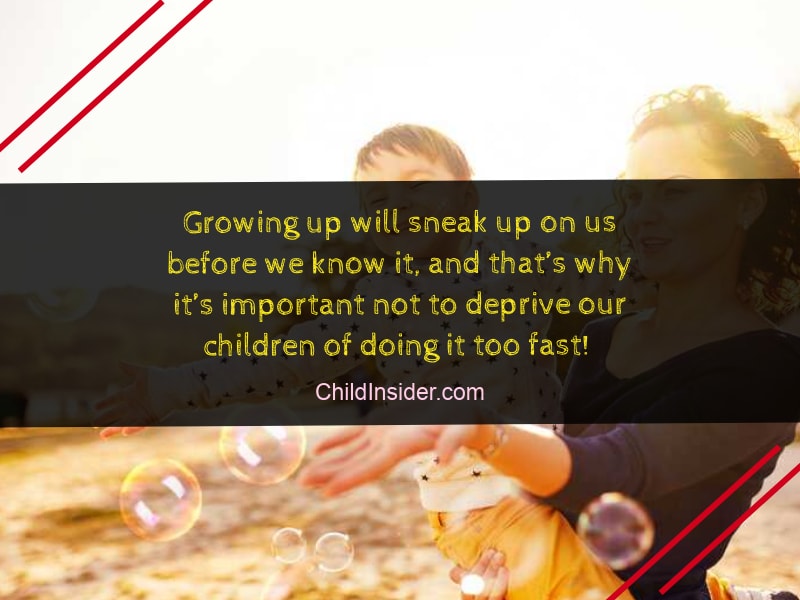

According to a report by the office of Juvenile Justice and Delinquency Prevention, "offenders under age 15 represent the leading edge of the juvenile crime problem, and their numbers are growing." The crimes committed by younger teens and preteens are growing in severity, too: "Person offenses, which once constituted 16 percent of the total court cases for this age group now constitute 25 percent." Although children under 15 still represent a minority of juvenile arrests, their numbers have grown disproportionately in the past 20 years.

But the clearest evidence is found in crime statistics.

The data supporting this trend are sketchy, since most studies of risk behavior begin with 15-year-olds. "Fifteen years ago they moved into the eighth grade. "Ninth and 10th grade used to be the starting point for a lot of what we call risk behaviors," says Henry Trevor, who heads a middle school in Brooklyn, N.Y. Tweens are demonstrating many of the deviant behaviors we usually associate with adolescence. The tweening of childhood is more than just a matter of fashion. Soon, thanks to the Cincinnati design firm Libby Peszyk Kattiman, your little darling will be able to slip into some tween-sized bikini panties. It includes body paints and scented body oils with names like Vanilla Vibe and Follow Me Boy. The Nickelodeon-Yankelovicht Youth Monitor found that by the time they are 12, children describe themselves as "flirtatious, sexy, trendy, athletic, cool." Among the products targeted at this age group is the Sweet Georgia Brown line from AM Cosmetics. "The 12- to 14-year-olds of yesterday are the 10- to 12-'s of today," says Bruce Friend, a vice president of the kids' cable channel Nickelodeon. But tweens are becoming more like teens, leaning more and more toward teen styles, teen attitudes and teen behavior at its most troubling. Marketers call them "tweens": kids between eight and 12, midway between childhood and adolescence.


 0 kommentar(er)
0 kommentar(er)
